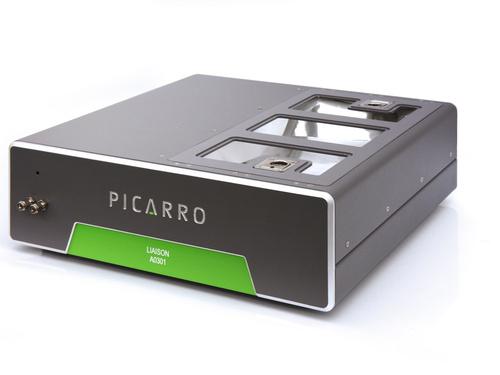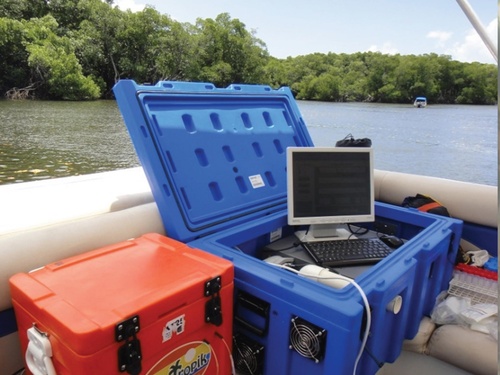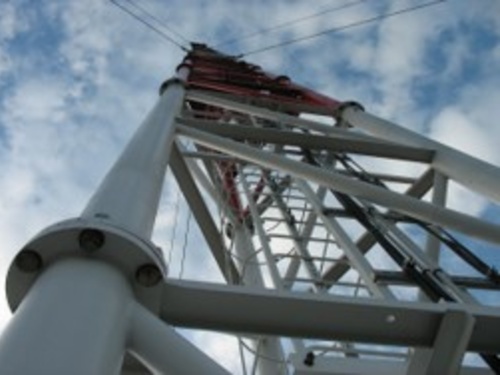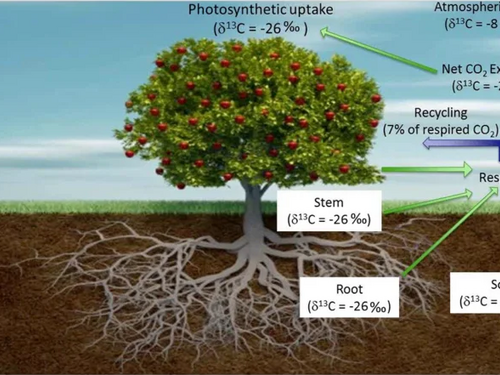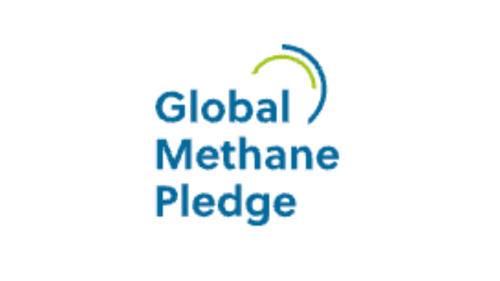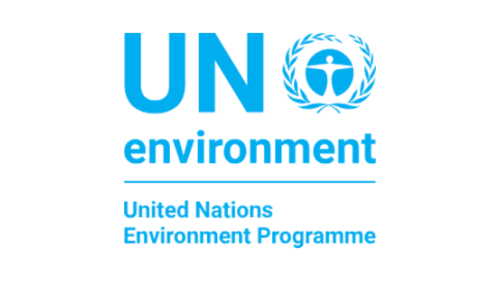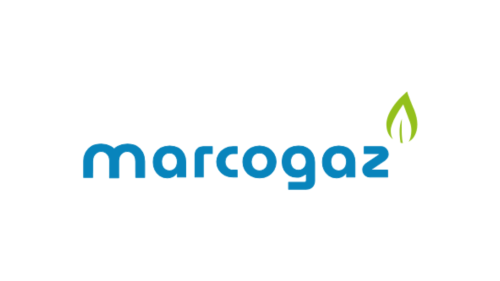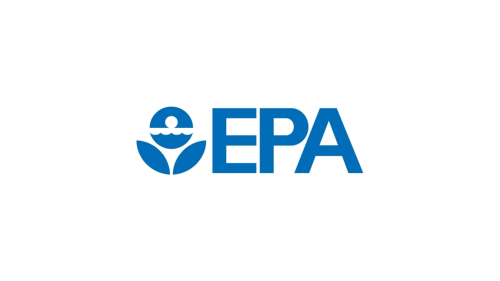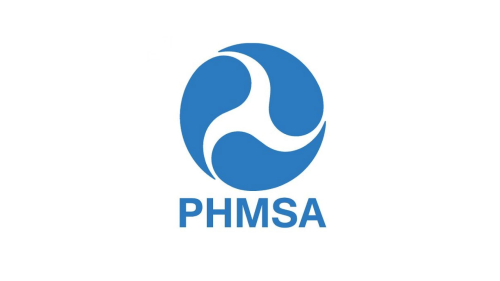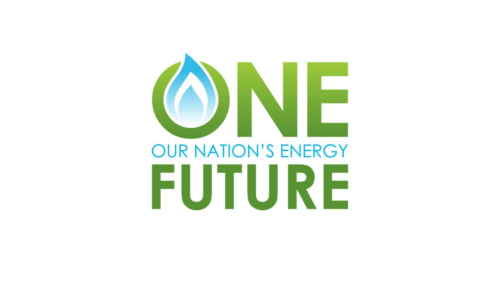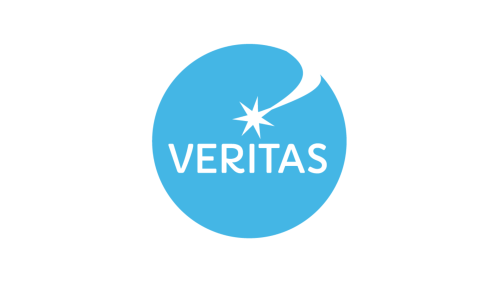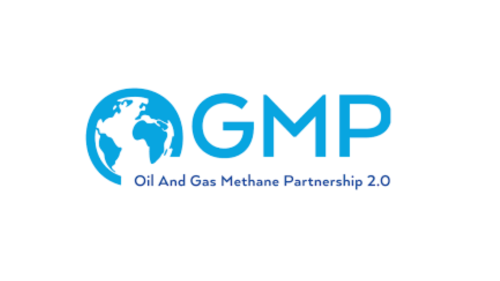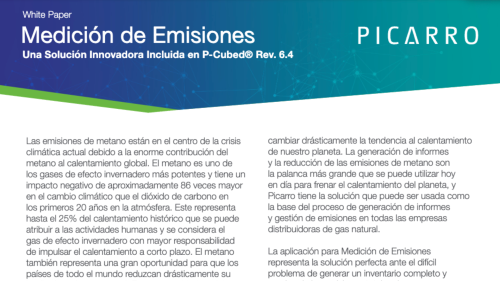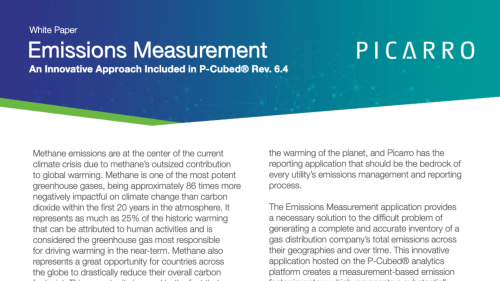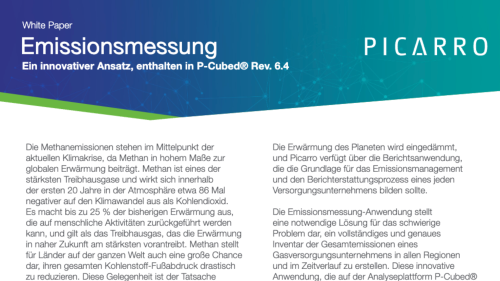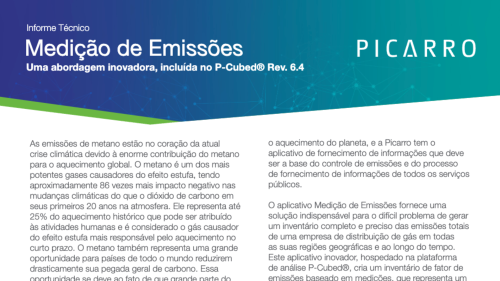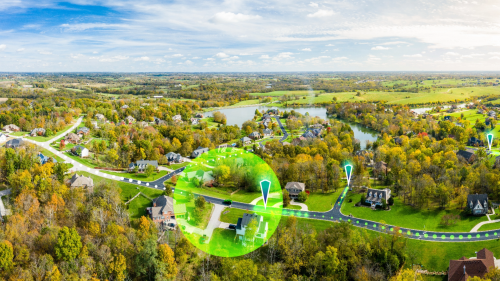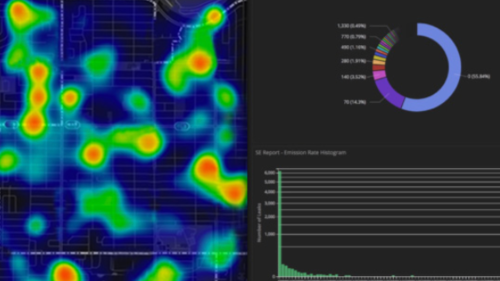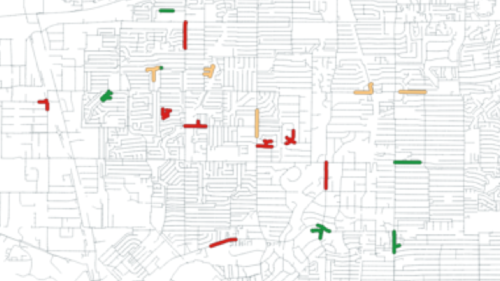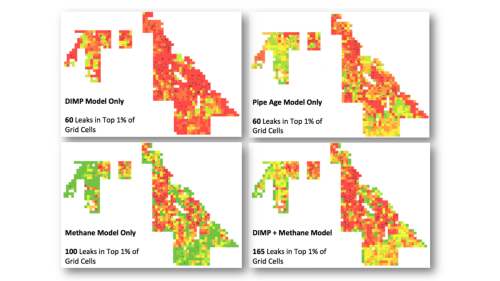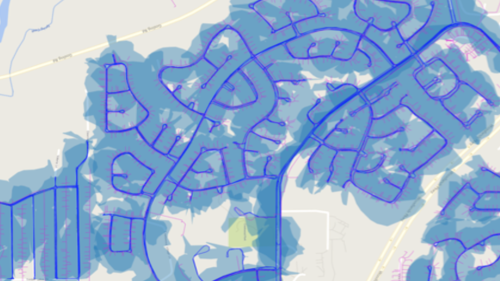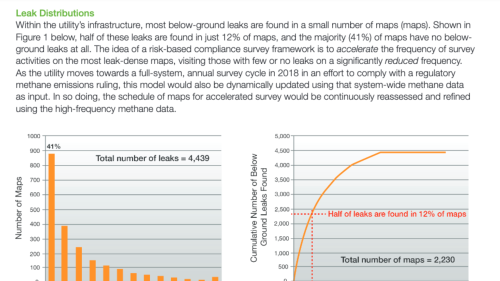- 3105 Patrick Henry Dr. Santa Clara, CA 95054 USA
- +1 408 962 3900
- info@picarro.com
- Careers
- WebinarsListen to Adam Subhas (California Institute of Technology), Nick Rollins (University of Southern California) and Nabil Saad (Picarro, Inc.) discuss making accurate and precise total carbon and δ13C measurements on discrete samples using a Picarro Cavity Ring-Down Spectrometer and the Liaison Introduction System. Adam and Nick will demonstrate how Picarro carbon isotope analyzers can be coupled to an Automate FX for seawater DIC measurements and solid carbonates, and to an Elemental Analyzer for organic carbon measurements and TOC. Adam will also share recent results from calcite dissolution
Urban Carbon Emissions - A Case Study from the LA Megacities Project
WebinarsThis webinar, featuring Riley Duren from NASA/JPL and Caltech, and Graham Leggett, Picarro, Inc., will focus on urban carbon emissions monitoring. Riley will share his experiences from deploying the LA Megacities Project and the goals of their research. Graham will present information about how Picarro technology has facilitated the development of such networks, including providing information on the Picarro G2301 and G2401 for best-in-class greenhouse gas (GHG) concentration measurements. If you are interested in learning about urban networks for
Continuous Measurements of Water Isotopes and DIC by Membrane-extraction CRDS
WebinarsThis webinar, featuring Dr. Niels Munksgaard of James Cook University and Charles Darwin University, and Dr. Kate Dennis, Picarro will review how membrane-extraction technology has been coupled to CRDS for ocean science applications. In particular, we will discuss the new Picarro Continuous Water Sampler for real-time analysis of of δ18O and δ2H in liquid water.
Improving the Stability of Carbon Isotope Measurements in Carbon Dioxide and Methane for Atmospheric Applications
WebinarsPlease register to view a playback recording of this webinar featuring Picarro Research Fellow, Chris Rella, PhD and Application Specialist, Caleb Arata. They discuss how carbon isotopes measurements are made via Cavity Ring-Down Spectroscopy (CRDS) and how careful calibration can improve the stability of measurements for demanding atmospheric applications. If you want to learn more about how to optimize your calibration protocol and field set up for measuring δ13C in ambient atmospheric CO2 and CH4, this is the webinar for you!
Using Nitrogen Isotopes to Partition N2O Emissions in Agriculture
WebinarsPlease register to view a playback recording of this webinar, featuring Professor Richard Farrell (University of Saskatchewan) and Dr. Nabil Saad (Picarro). They discuss the application and underlying technology that enabled Prof. Farrell to partition residue-derived and residue-induced emissions of N2O from agricultural lands using 15N-labelled crop residues. If you are interested in learning more about how nitrogen isotopes can be applied to soil and agriculture studies, or are interested in Picarro's mid infrared Cavity Ring-Down Spectroscopy platform, this is the webinar
Innovations in Soil Flux Measurements Webinar
WebinarsListen to Picarro’s Applications Specialist Derek Fleck share his latest in soil flux application collaboration with UC Berkeley, as well as Nick Nickerson from Forerunner Research sharing the latest advancements in soil chamber technology.
What Can 17O-excess Do for You?
WebinarsPlease register to view our recorded webinar on the theory of 17O-excess measurements in water. Professor Eric Steig from the University of Washington who will discuss his research from the West Antarctic Ice Sheet Divide core.
The live webinar will also feature Kate Dennis, Ph.D., from Picarro discussing the latest advancements in Picarro water isotope instrumentation.Carus and Picarro: Proving Remarkable Catalyst EtO Removal with Cutting-Edge Measurement Technology
WhitepaperThis white paper describes destruction efficiency testing run by Carus and Picarro, Inc. on Carus’s CARULITE® 500 catalyst media using Picarro’s Ethylene Oxide (EtO) Cavity Ring-Down Spectrometer (CRDS) technology. Picarro’s technology provides industry-leading sensitive, accurate, and virtually drift free measurements at levels reaching below a part per billion, making it an excellent choice for studies where high levels of destruction efficiency need to be characterized and confirmed.
Commercial Sterilizer CEMS Compliance: Understanding PS-19 and Beyond
WhitepaperThis paper outlines the regulatory framework behind the upcoming changes in the Commercial Sterilizer NESHAP (40 CFR 63 Subpart O). We will discuss how the US EPA decided on the continuous emissions monitoring requirements – including what those requirements are. Many in the sterilization industry have concerns about how to meet these requirements as previous technologies have struggled to demonstrate the response necessary to demonstrate compliance.
LESNI Catalytic Abatement Plants are Ready for the New Ethylene Oxide Regulations, and Picarro Monitoring Systems Prove It
WhitepaperThis white paper outlines testing performed using Picarro’s continuous emissions monitoring system (CEMS) on a LESNI EO Catalytic Abatement Plant (CAP). This testing was performed at a medical device manufacturer and sterilizer facility in the United States during an active sterilization process. Ethylene oxide (EtO, EO) concentrations were measured in real time upstream of the Catalytic Oxidizer (CatOx), and downstream, at the stack, to assess the destruction efficiency of the CatOx itself.
Emissions Measurement (Spanish)
WhitepaperLas emisiones de metano están en el centro de la crisis climática actual debido a la enorme contribución del metano al calentamiento global. El metano es uno de los gases de efecto invernadero más potentes y tiene un impacto negativo de aproximadamente 86 veces mayor en el cambio climático que el dióxido de carbono en los primeros 20 años en la atmósfera. Este representa hasta el 25% del calentamiento histórico que se puede atribuir a las actividades humanas y se considera el gas de efecto invernadero con mayor responsabilidad de impulsar el calentamiento a corto plazo.
Emissions Measurement
WhitepaperMethane emissions are at the center of the current climate crisis due to methane’s outsized contribution to global warming. Methane is one of the most potent greenhouse gases, being approximately 86 times more negatively impactful on climate change than carbon dioxide within the first 20 years in the atmosphere. It represents as much as 25% of the historic warming that can be attributed to human activities and is considered the greenhouse gas most responsible for driving warming in the near-term.
Emissions Measurement (German)
WhitepaperMethanemissionen stehen im Mittelpunkt der aktuellen Klimakrise, da Methan einen übergroßen Beitrag zur globalen Erwärmung leistet. Methan ist eines der stärksten Treibhausgase und hat in den ersten 20 Jahren in der Atmosphäre etwa 86-mal stärkere negative Auswirkungen auf den Klimawandel als Kohlendioxid. Es ist für bis zu 25 % der historischen Erwärmung verantwortlich, die auf menschliche Aktivitäten zurückzuführen ist, und gilt als das Treibhausgas, das kurzfristig am stärksten für die Erwärmung verantwortlich ist.
Emissions Measurement (Portuguese)
WhitepaperAs emissões de metano estão no centro da atual crise climática devido à enorme contribuição do metano para o aquecimento global. O metano é um dos gases de efeito estufa mais potentes, tendo aproximadamente 86 vezes mais impacto negativo nas mudanças climáticas do que o dióxido de carbono nos primeiros 20 anos na atmosfera. Representa até 25% do aquecimento histórico que pode ser atribuído às atividades humanas e é considerado o gás de efeito estufa mais responsável pelo aquecimento no curto prazo.
Water Correction for iCO2 Measurements Whitepaper
WhitepaperThe Picarro G1101-i and G2101-i gas analyzers provide field measurements of the stable isotope ratio d13CO2 with a precision of 0.3 permil in five minutes. In an isotope ratio mass spectrometry (IRMS) laboratory, it is customary to dry the samples to very low dew points (< - 45C) prior to isotope analysis. For field work, however, drying the samples is in many cases inconvenient or impractical. Water vapor can affect the reported delta via spectroscopic broadening or direct spectroscopic interference.
Transient Response for Isotopic CO2 Whitepaper
WhitepaperStable isotope analysis relies on the simultaneous or near-simultaneous measurement of two individual species. In the case of the Picarro G1101-i and G2101-i gas analyzers, these two species are 12C16O2 and 13C16O2, which we denote 12C and 13C for simplicity.
Emissions Quantification & Reduction
WhitepaperPicarro’s solution enables emissions data to be taken rapidly at scale. Emissions reductions are easily quantified for individual pipe replacement projects, individual leak repairs as well as across a network. Large emitters, which frequently contribute disproportionately to emissions reduction goals, can be easily identified so they are remediated first as part of an informed and cost-effective emission reduction strategy.
Pipe Replacement Prioritization
WhitepaperUtilities worldwide are using Picarro’s Asset Management Solution to further improve the choices they make regarding capital pipe replacement projects informed by traditional risk models. The Picarro solution combines data analytics with a vehicle-based methane emissions data collection platform to assist with capital replacement decisions. This leads to significant O&M cost savings through avoided leak repair by prioritizing replacements of pipelines with high leak densities. When this data is combined with traditional risk (DIMP) models, such benefits are maximized.
Risk Ranking Analytics
WhitepaperPicarro’s leak management solution leverages the power of data analytics to prioritize leak indications by potential risk.
Risk Based Compliance Implementations
WhitepaperNo matter the regulatory environment, Picarro’s natural gas asset management solution enables natural gas distribution compliance that can be truly risk-based in its approach. A recent trend within the natural gas industry has been to increasingly take a risk-based approach to asset management, in this case, shifting schedules from periodic to being more driven by the particular risk profile of the infrastructure in a given localized area.
Risk Based Compliance
WhitepaperPicarro’s mobile leak detection solution – combining data analytics with an advanced vehicle-based methane emissions data collection platform – now allows natural gas leak plume data to be collected and interpreted at a speed and scale not previously possible. Further, advances in Big Data Analytics allow better-informed conclusions to be drawn from that data and enable improved decision making and outcomes.
VHP of just 30 ppb can oxidize and ruin pharmaceuticals
WhitepaperVaporized hydrogen peroxide (VHP) treatment is the dominant approach for decontamination in cleanrooms, restricted access barrier systems, and isolators, commonly a part of manufacturing operations for high-potency active pharmaceutical ingredients (HPAPI), large molecule drugs, and aseptic processing for dosage form fill and finish. Irrespective of the environment, decontamination is followed by an aeration cycle designed to ensure drug efficacy, safety, and stability, typically at levels well below 0.1 parts per million (ppm).
Greenhouse Gas Monitoring Made Simple
WhitepaperThe Picarro G1301 has been designed specifically to focus on the needs of the atmospheric monitoring community and to serve as the backbone for greenhouse gas monitoring networks.
